Chronic venous insufficiency (CVI) can present various challenges, and one significant concern is cellulitis, a bacterial skin infection. This article provides a clear overview of when to seek medical attention and understand the link between chronic venous insufficiency and cellulitis. We’ll delve into cellulitis, when to worry and provide essential guidelines on preventing the condition.
Who is at Risk of Cellulitis with Chronic Venous Insufficiency
Individuals experiencing the following may experience a higher risk of cellulitis.
Chronic Venous Complications
- Varicose veins
- Leg ulcers
- Swelling in the lower limbs (oedema)
Underlying Health Conditions
- Compromised immune system
- Diabetes
- Obesity
Understanding who is most vulnerable to cellulitis can help target preventive measures and encourage timely medical intervention. Regular check-ups with our senior vascular specialists, Dr Tang Tjun Yip and Dr Julian Wong can identify early signs of Chronic Venous Insufficiency and prevent complications like cellulitis.
Recognising the Connection Between Chronic Venous Insufficiency and Cellulitis
Chronic venous insufficiency disrupts the normal function of your veins, hindering their ability to return blood from your legs to your heart.
This pooling of blood leads to
- Edema (swelling): Fluid buildup in the legs can cause tightness and discomfort.
- Skin changes: The constant pressure from swelling can make the skin thin and fragile, increasing the risk of breaks or cracks.
- Poor circulation: Impaired blood flow reduces the delivery of oxygen and essential nutrients to the skin, hindering its ability to fight infection.
These factors combined create a breeding ground for bacteria like Staphylococcus and Streptococcus to enter the deeper layers of the skin and cause cellulitis.
Cellulitis Symptoms
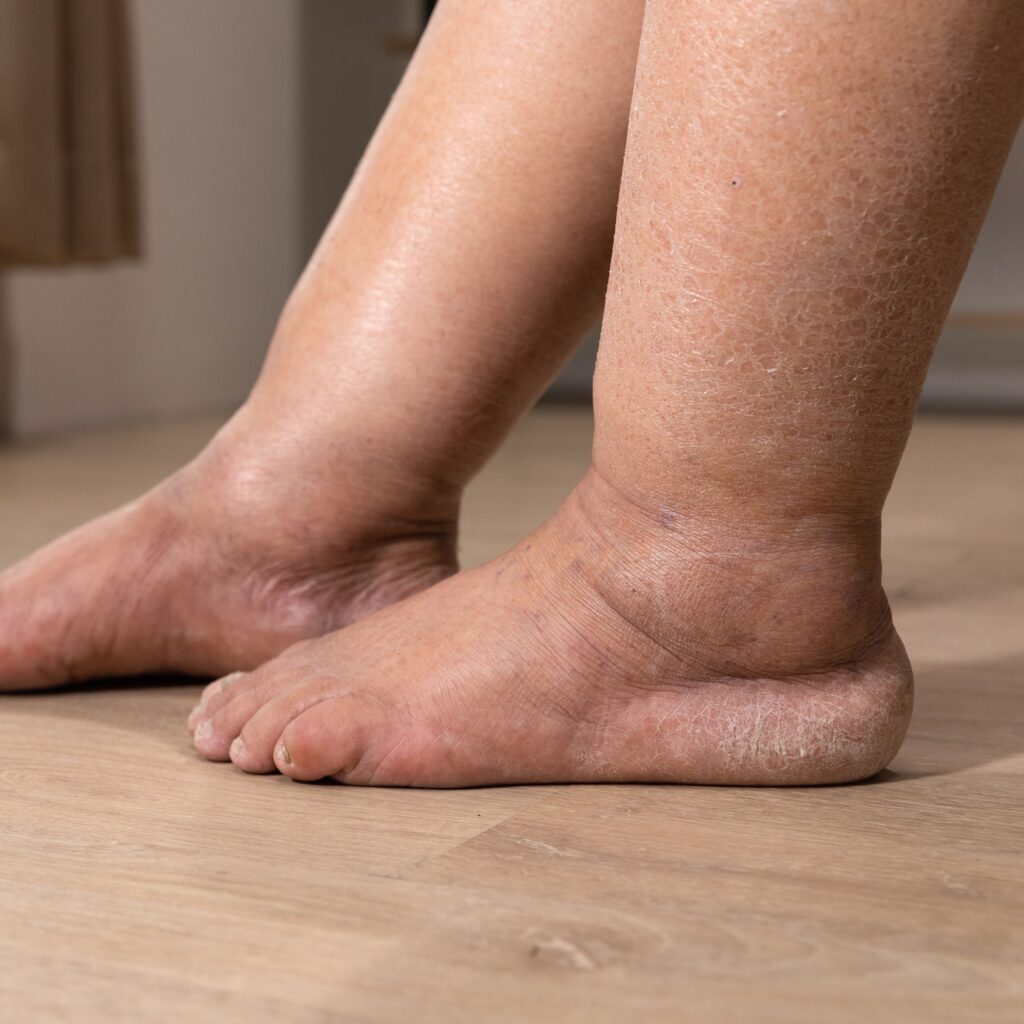
- Redness, swelling, and warmth in the affected area
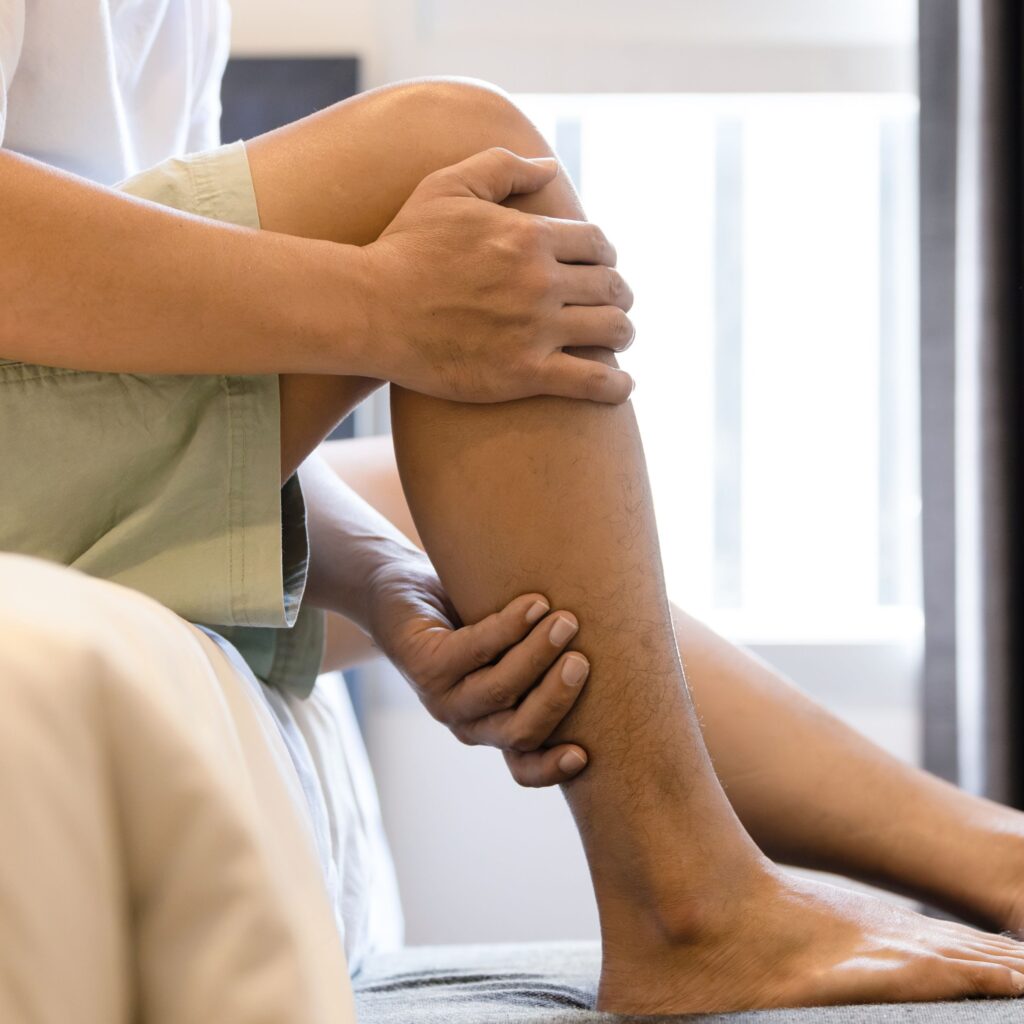
- Pain or tenderness
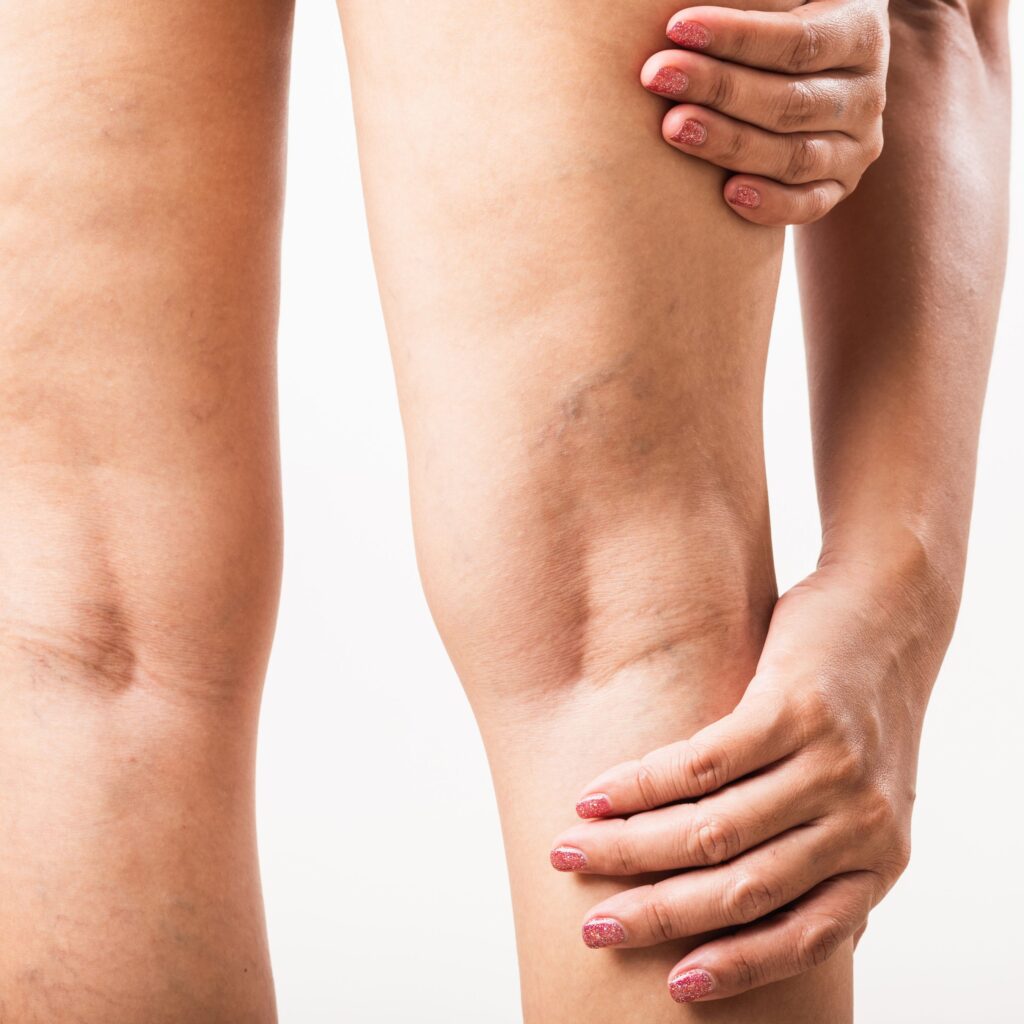
- Skin that feels tight or shiny
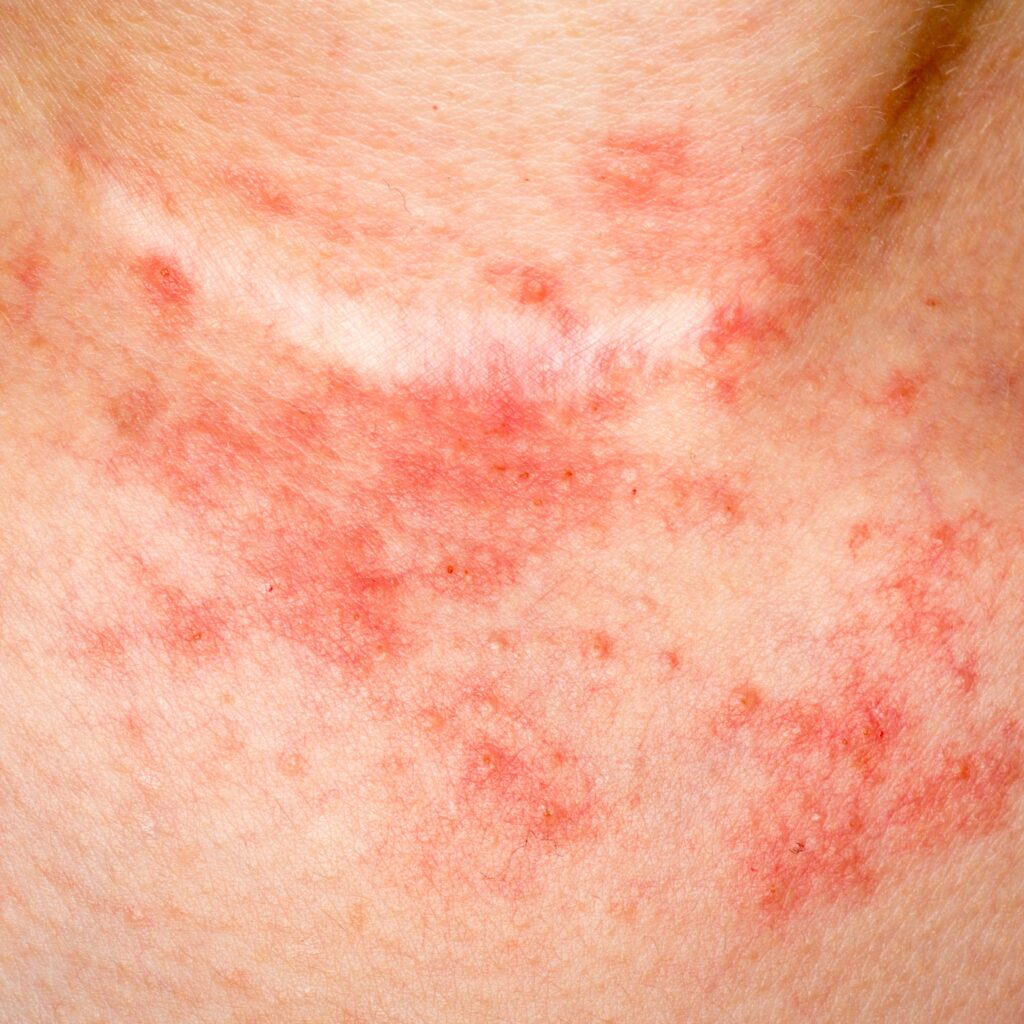
- A rash or blistering on the skin

- Fever, chills, and fatigue
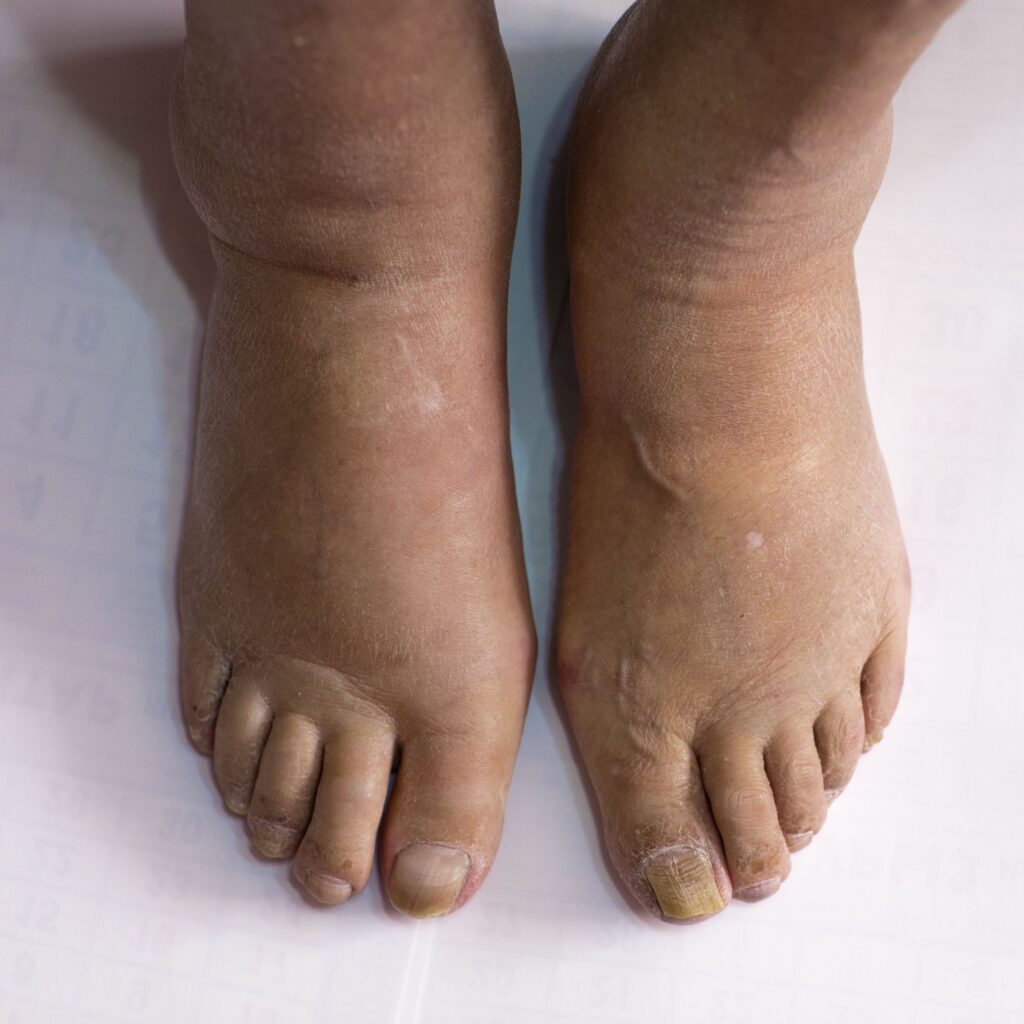
- Swollen lymph nodes
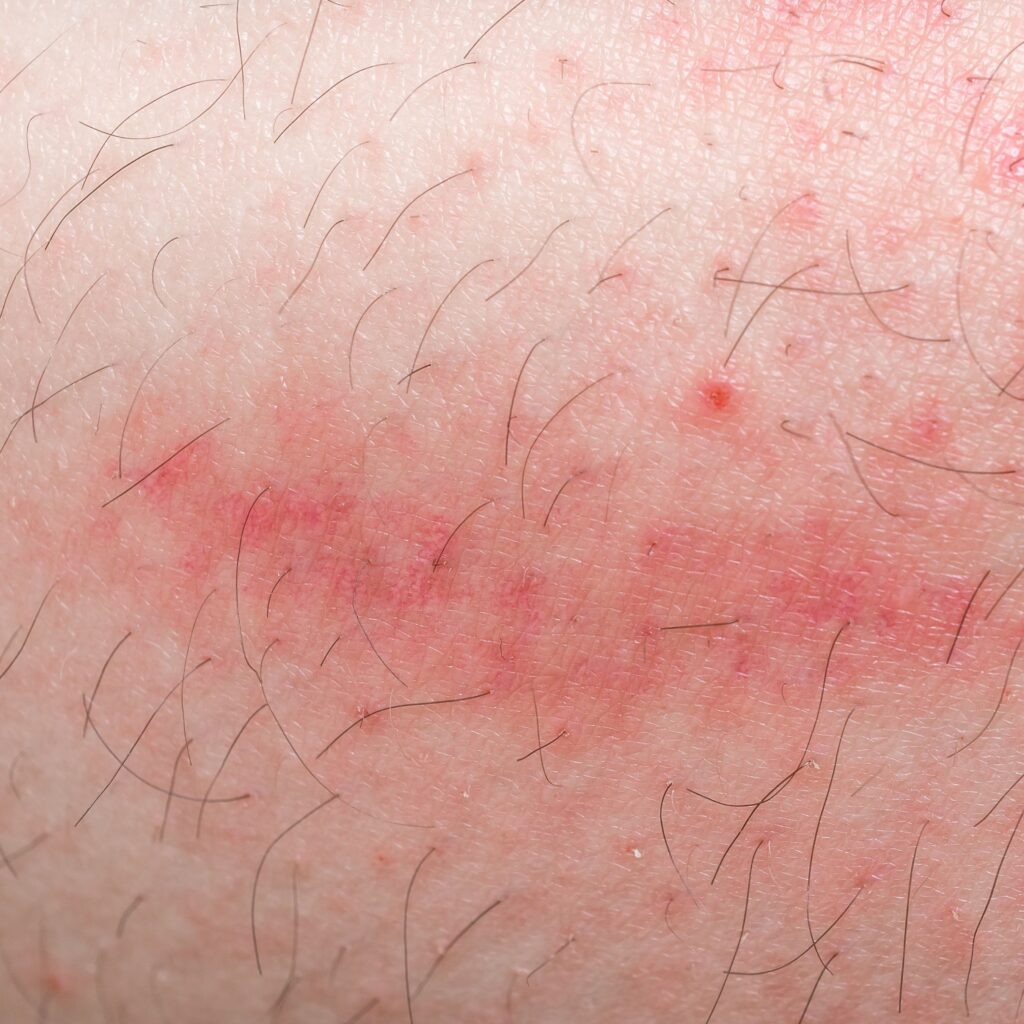
- Red streaking on the skin
How to Reduce Your Risk of Cellulitis: 6 Strategies To Prevent Cellulitis
Preventing cellulitis in patients with chronic venous insufficiency involves managing the condition and treating infections. These can include physical examinations, ultrasounds or other diagnostic tests to assess vascular health.
To complement medical management, incorporating lifestyle changes reduces the risk of developing cellulitis.
6 Lifestyle Changes To Help Address Cellulitis
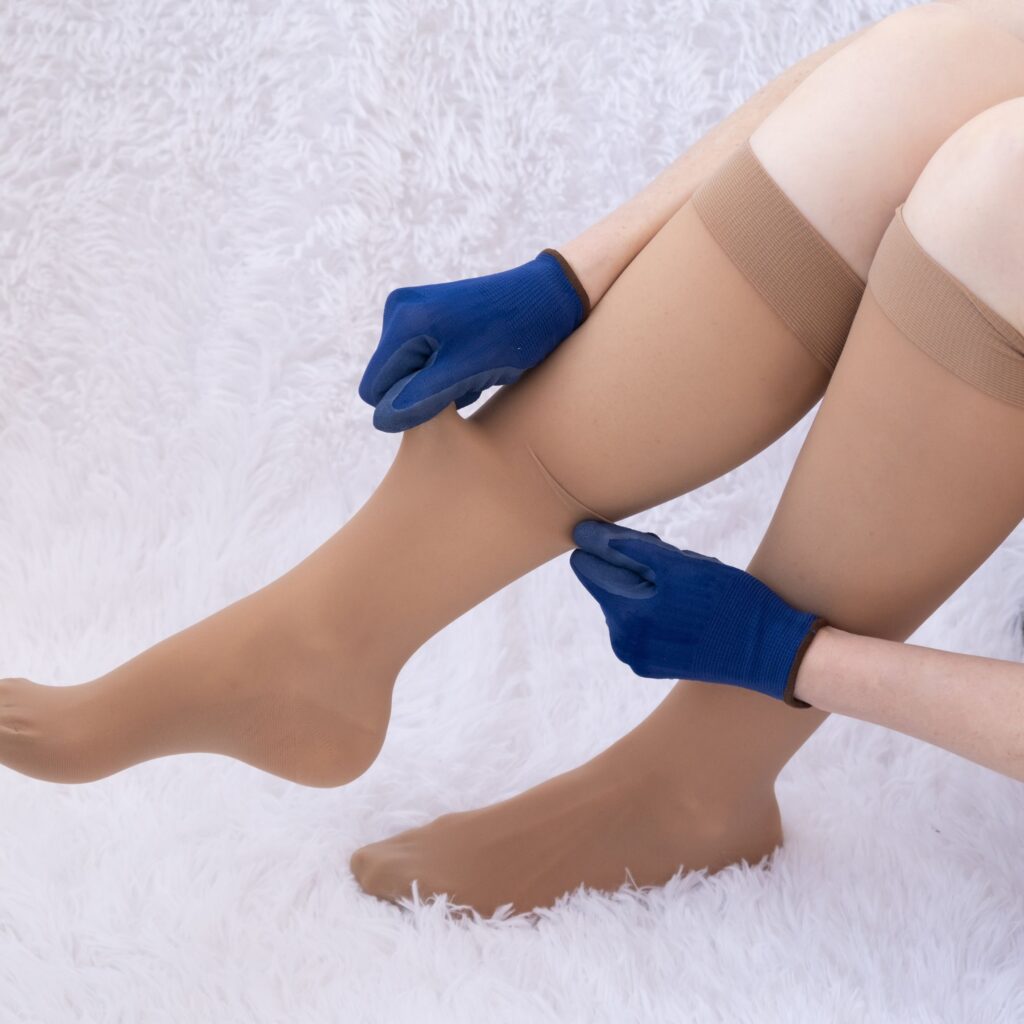
Wear Compression Stockings: These specialised garments provide graduated compression, improving blood flow and reducing leg swelling.
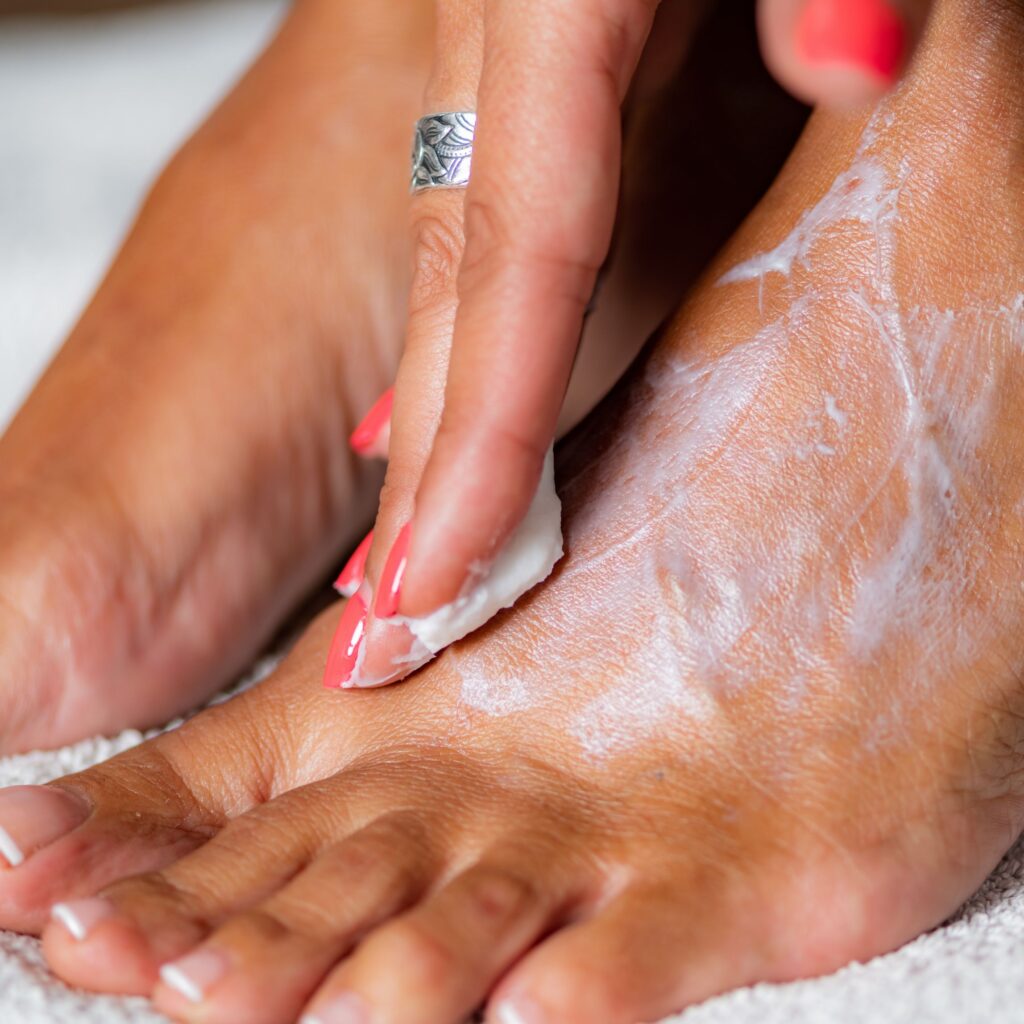
Proper Skin Care: Regularly moisturise your legs to prevent dryness and cracking, which can create entry points for bacteria.
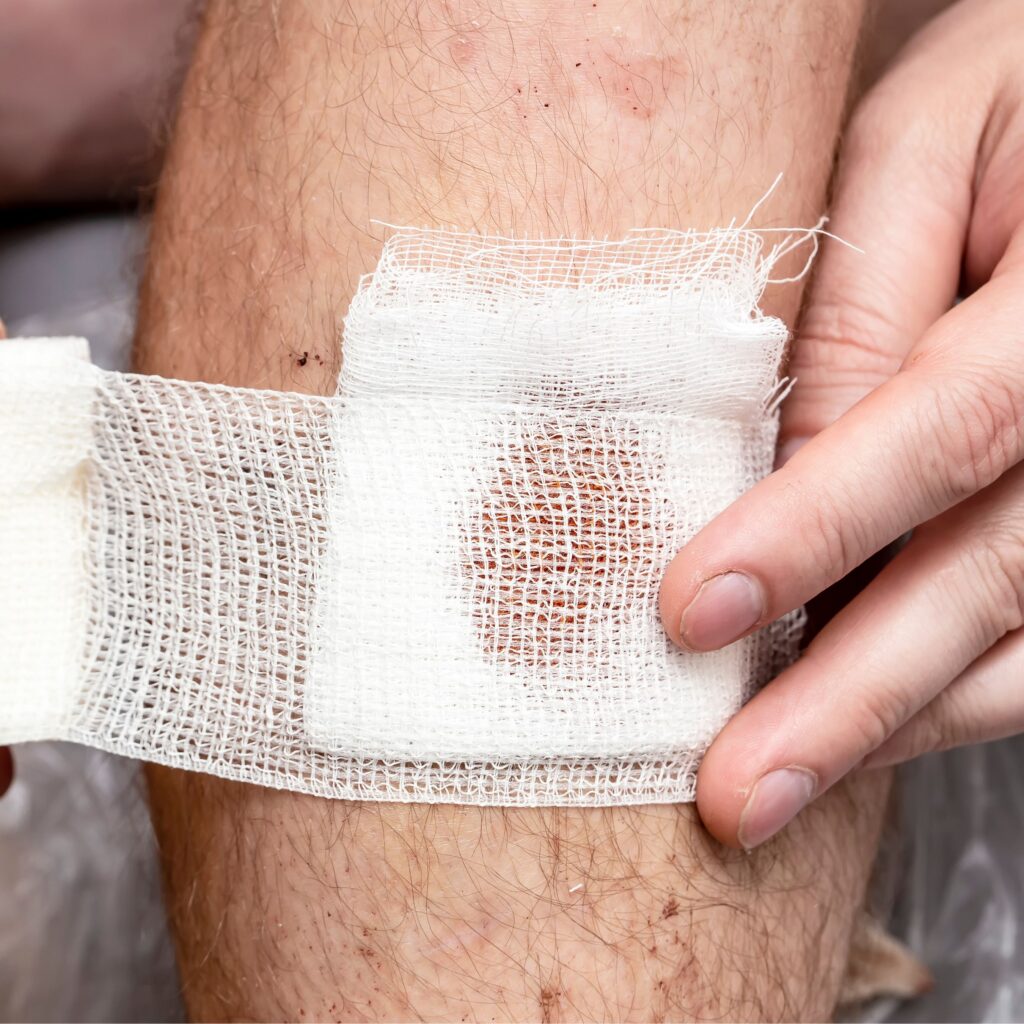
Maintain Wound Care: Minor cuts, scrapes or insect bites can become gateways for infection. Practice meticulous hygiene and wound care to ensure proper healing and minimise risk.

Weight Management: Excess weight strains your veins and worsens chronic venous insufficiency symptoms.

Elevate Your Legs: Elevating your legs above your heart for short periods throughout the day can help reduce swelling and improve blood flow.

Regular Exercise: Tailored physical activity promotes healthy circulation and overall well-being.
By implementing these strategies and scheduling regular vascular screenings, patients can proactively manage chronic venous insufficiency and minimise the risk of developing cellulitis.
Cellulitis: When to Worry and Seek Medical Attention
Early intervention can prevent the infection from spreading and reduce the risk of hospitalisation or more severe health issues. Patients with chronic venous insufficiency should be vigilant, as their condition predisposes them to recurrent cellulitis. If you notice any signs of infection, such as increased swelling, redness or discharge from a wound, consulting our vascular specialists helps minimise complications.
Signs that indicate cellulitis may be worsening and require immediate medical attention:
- Rapidly Increasing Swelling: If the swollen area expands quickly beyond the initial redness.
- Intensifying Redness and Pain: A deepening red colour and a throbbing or worsening pain in the affected area.
- Fever and Chills: A sudden rise in body temperature accompanied by chills.
- Red Streaks Leading Away from the Rash: These red streaks may signify the infection travelling through the lymphatic system.
- Pus or Drainage: If the inflamed area oozes pus or any other discharge.
- Difficulty Walking or Moving the Affected Limb: Cellulitis affects the leg’s mobility, making simple movements difficult.
Prioritising Prevention with Regular Vascular Screening at the Vascular and Endovascular Clinic
Regular vascular screening at the Vascular and Endovascular Clinic (VEC) reduces the risk of cellulitis for individuals with chronic venous insufficiency. These detailed assessments allow for early detection and management of CVI, preventing worse complications.
Our senior vascular specialists at VEC provide comprehensive care through in-depth examinations, accurate diagnostic methods and personalised treatment plans. We empower patients to manage varicose veins and other chronic venous insufficiency complications before they worsen. This proactive approach minimises the need to worry about cellulitis and its potential complications.
Take control of your health today with a commitment to preventive care at VEC. Schedule a consultation with our vascular specialists today.







